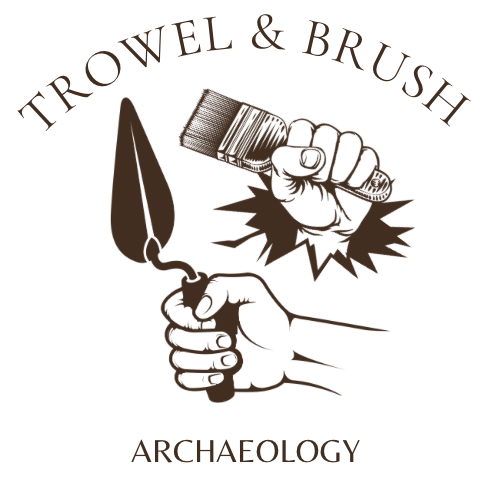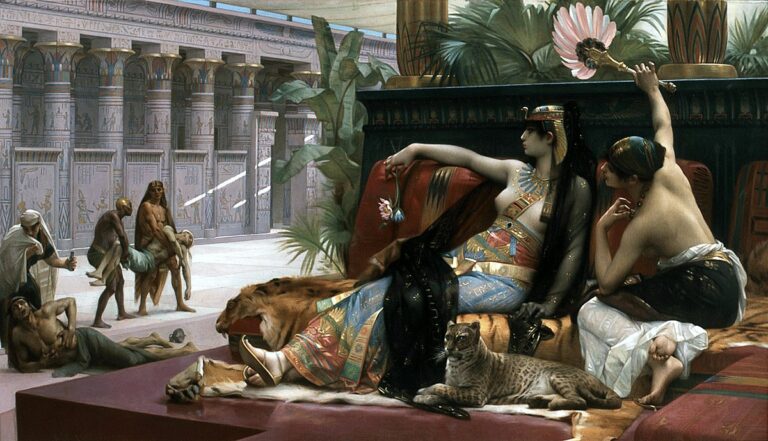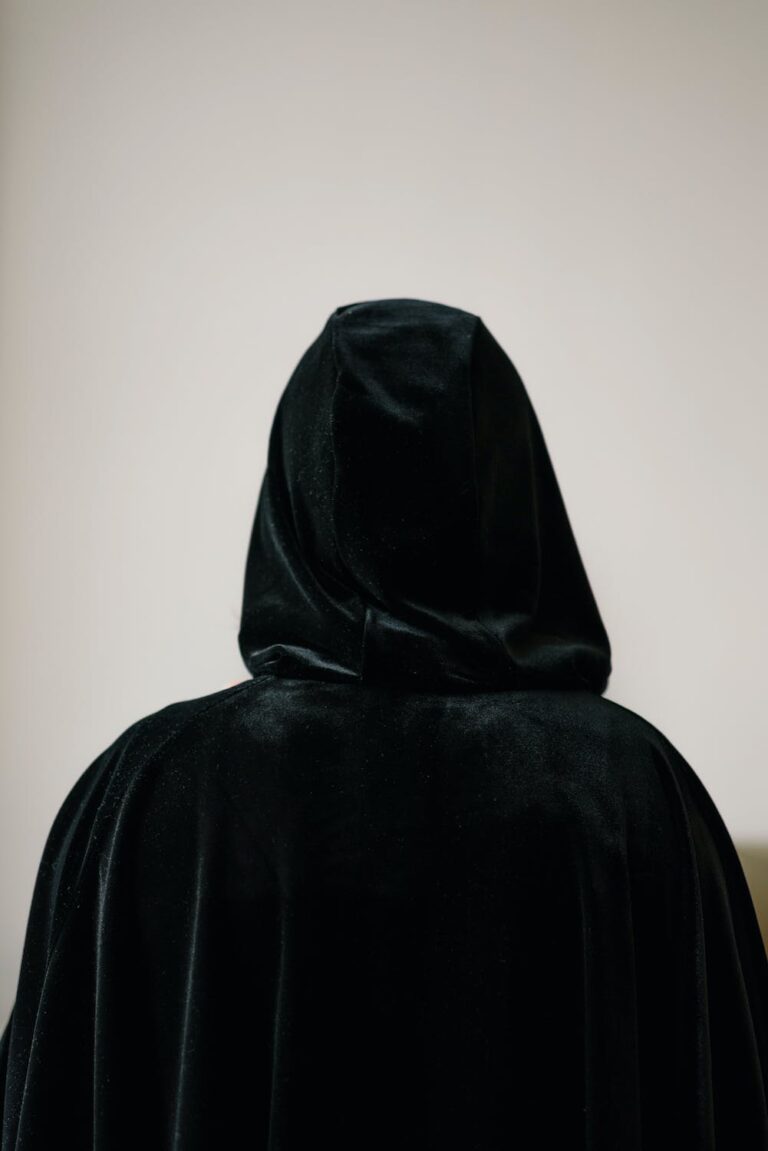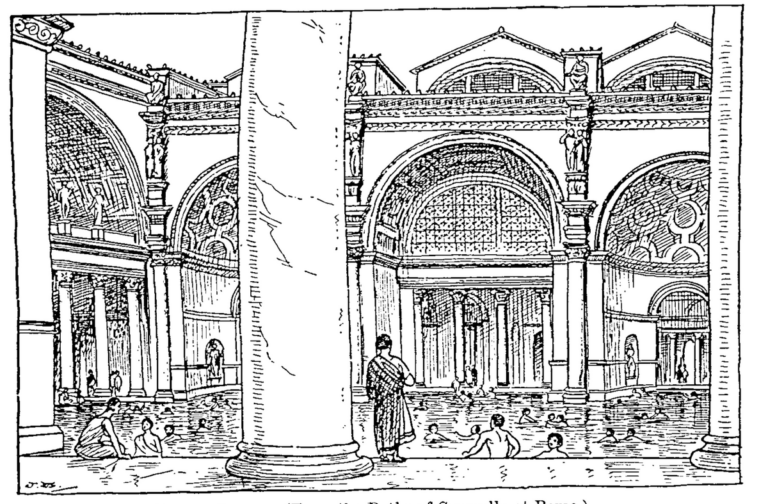The Voynich Manuscript: A Book No One Can Read
In the rarefied world of medieval manuscripts, there exists a baffling artifact that has left some of the world’s best codebreakers and linguists stumped for over a century.
This is the Voynich Manuscript, an approximately 600-year-old book filled with cryptic illustrations and an indecipherable script.
Despite the best efforts of experts from fields ranging from cryptography to botany, the Voynich Manuscripts’ origins, purpose, and meaning remain shrouded in mystery.
Discovery and Description:
Named after Wilfrid Voynich, the antiquarian bookseller who acquired the manuscript in 1912, this puzzling book measures about 23.5 by 16.2 cm and contains 240 vellum pages, although it seems some are missing. What immediately stands out upon flipping through its pages are the strange characters that fill them, written in a script not seen in any other known document. Accompanying the text are a variety of illustrations depicting:
- Unidentified plants, some of which seem to be a composite of several different species.
- Circular astrological diagrams reminiscent of zodiacs but not matching any known tradition.
- Tiny naked women frolicking in interconnected pools of water.
- Mysterious containers and tubes that defy categorization.
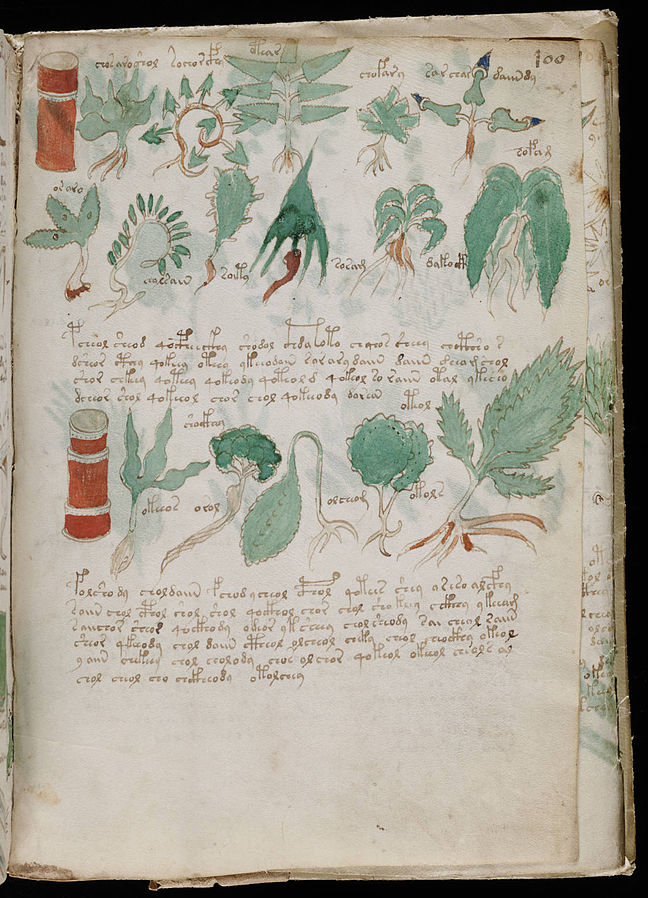
The Voynich MANUSCRIPTS’ Structure and Organization:
The Voynich Manuscript is not just a random collection of drawings and texts. Upon close examination, it reveals a semblance of structure, seemingly divided into thematic sections:
- Herbal: This section contains detailed drawings of plants. Curiously, while some illustrations bear passing resemblance to known species, others seem entirely fantastical.
- Astronomical: Featuring circular diagrams, some of these drawings seem to correspond with traditional zodiac symbols like fish (Pisces) and rams (Aries). Yet, the exact intent behind these diagrams remains enigmatic.
- Biological: This is perhaps the most baffling section, dominated by miniature naked women bathing in pools and streams connected by a network of channels. Their meaning or symbolic representation is still hotly debated.
- Pharmaceutical: This segment contains images of specific plant parts alongside containers, possibly suggesting medicinal or alchemical recipes.
- Recipes: The last section seems to be a collection of recipes, given the repeated phrases and segmentation, though the exact processes or ingredients remain indecipherable.
Historical Context:
The 15th century, when the manuscript was crafted, was a period of significant change and exploration in Europe. The Renaissance was blossoming, bringing about a renewed interest in science, medicine, and the arcane. Manuscripts on alchemy, botany, and early medicine often intermingled fact with superstition. Yet, the Voynich Manuscript remains an outlier even in this context, as its script and illustrations don’t correlate with any known tradition.
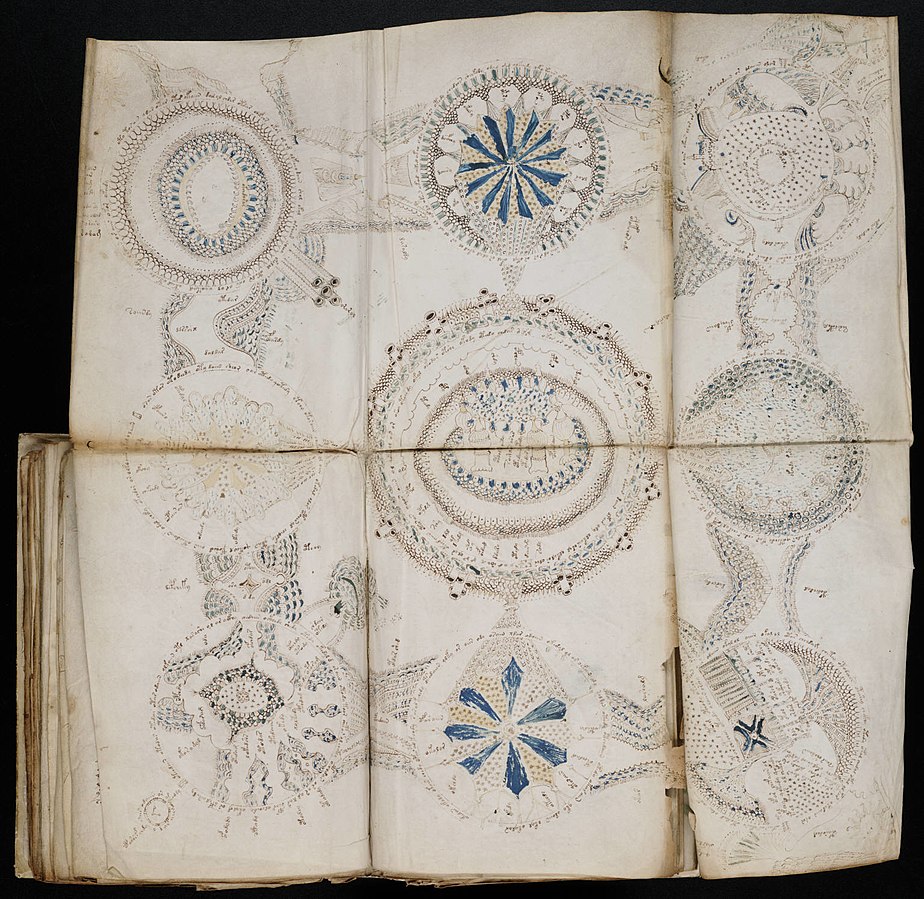
Attempts at Decipherment:
Throughout the 20th century and into the 21st, cryptanalysts—including some who had successfully cracked complex codes during the World Wars—tried their hand at unlocking the manuscript’s secrets. Their efforts, unfortunately, have not yielded any definitive translations.
Radiocarbon dating placed the creation of the Voynich Manuscript to the early 15th century. Further intrigue comes from the list of its supposed owners. Evidence suggests that it was once in the collection of Emperor Rudolf II of the Holy Roman Empire, who believed it to be the work of the English polymath Roger Bacon.
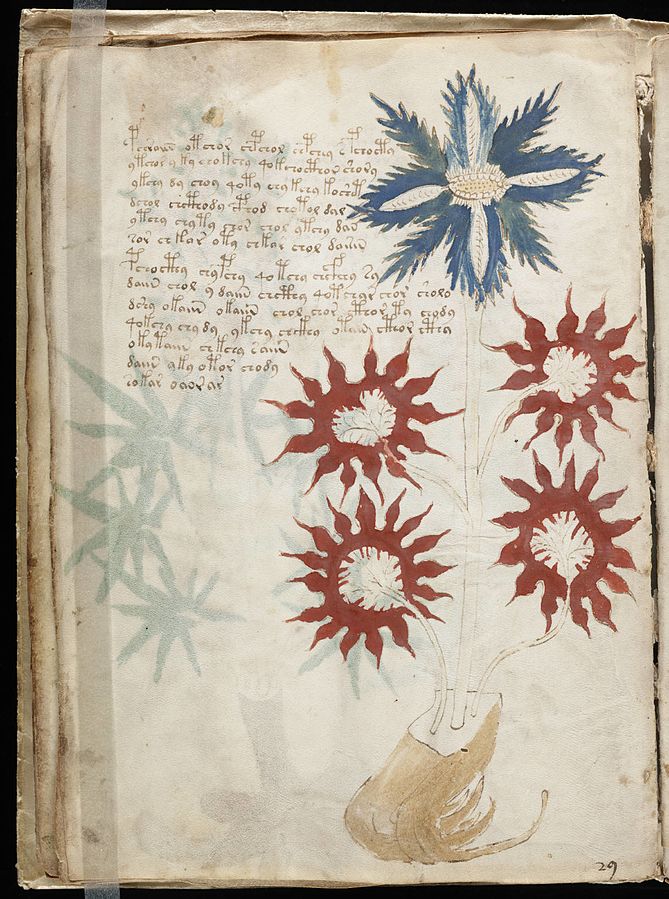
Modern Theories:
While its content remains obscure, theories about the Voynich Manuscript abound:
- An Herbal Guide: Some think it might be a pharmacopoeia, but the strange plants illustrated don’t correlate with this idea entirely.
- A Coded Alchemical Manual: Given the period when alchemical texts were often written in codes, some speculate it could be an alchemist’s manual.
- A Hoax: There’s also the possibility that the manuscript is an elaborate hoax, designed to bewilder or perhaps to swindle.
Recent advancements in AI and computational analysis have given researchers new tools in their quest to decipher the manuscript. Some claim to have made progress, but a full and widely accepted translation still eludes the world.
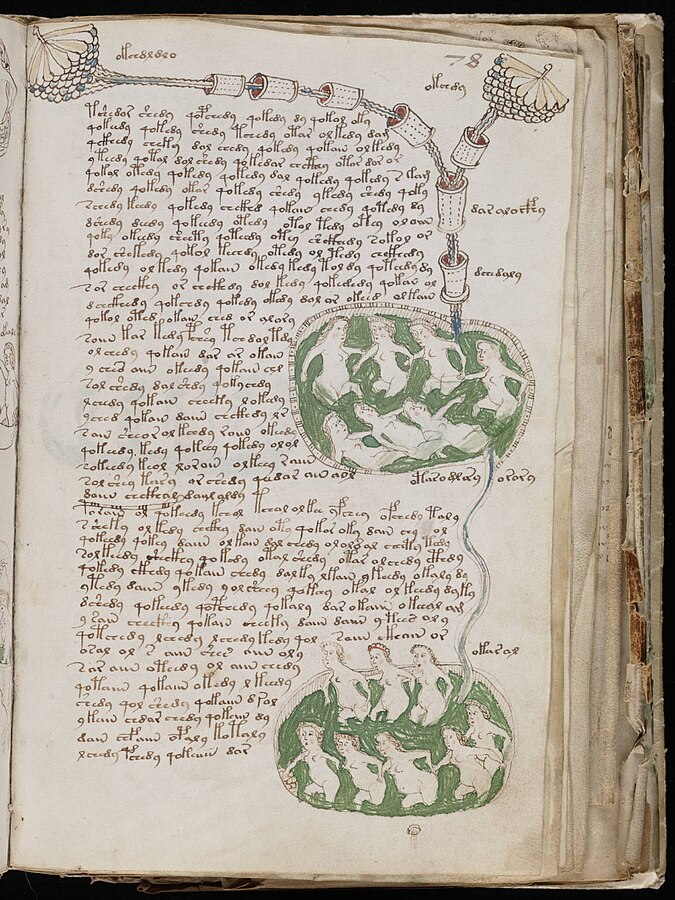
The Voynich Manuscript, with its unreadable text and inexplicable illustrations, remains one of archaeology’s most intriguing riddles.
It’s a testament to the enduring allure of the unknown and challenges us to keep questioning, probing, and exploring the boundaries of our understanding.
Check this out
“Fun Fact: Despite being over 600 years old and containing numerous illustrations of plants, not a single depicted plant in the Voynich Manuscript can be confidently identified as any known species on Earth. This has only deepened the mystery: is it a code, a fantastical creation, or a record of lost flora?”
If you found this article intriguing, explore more of our pieces on mysterious relics by clicking the button below!

